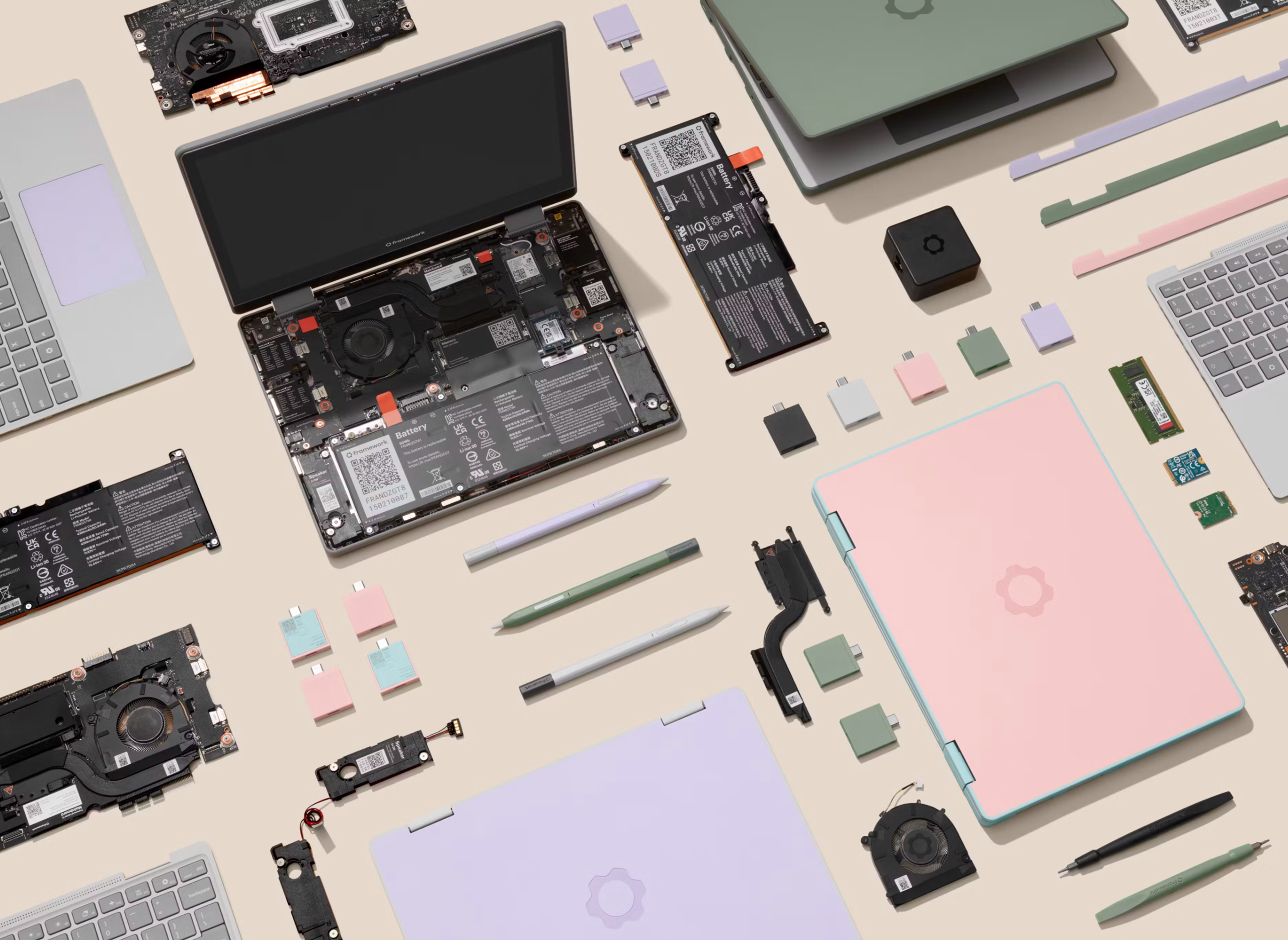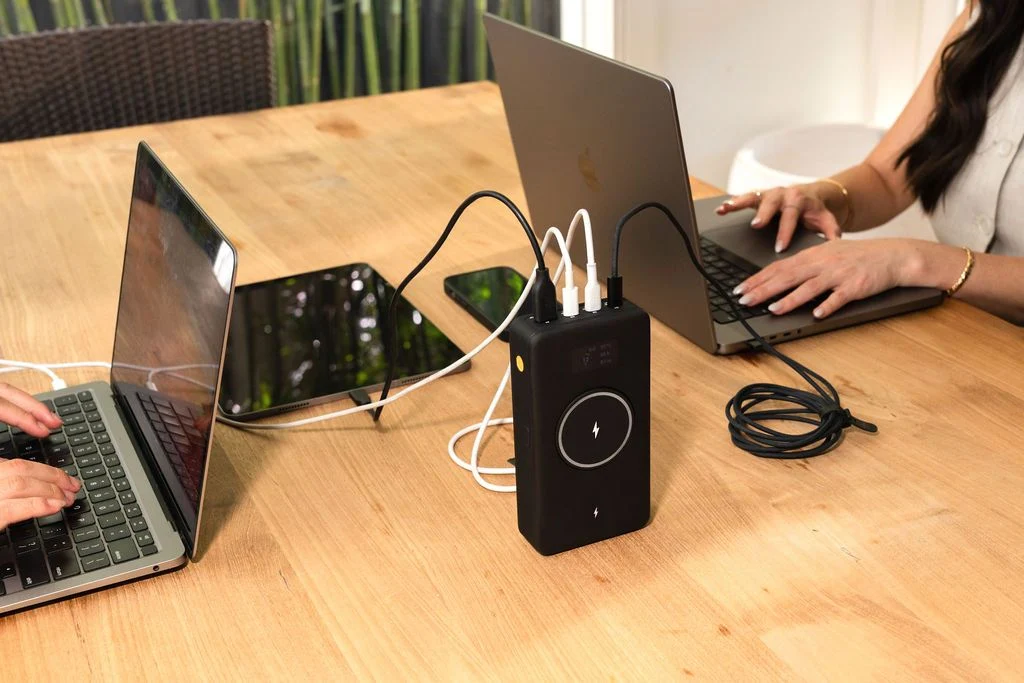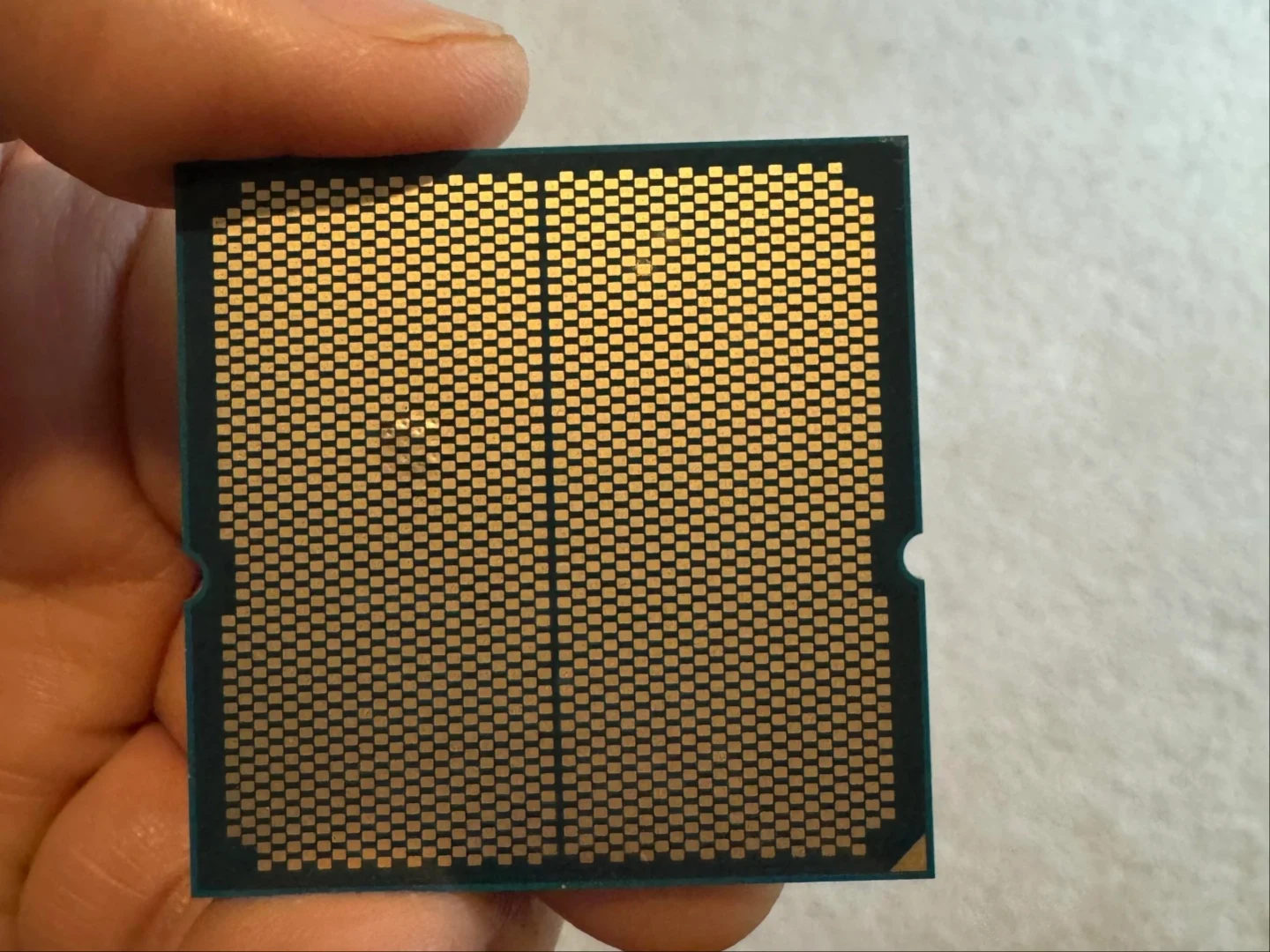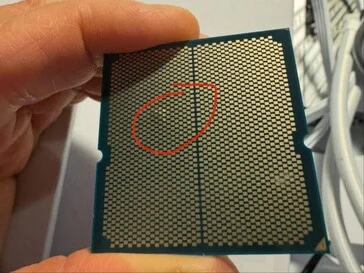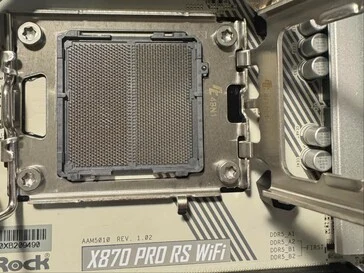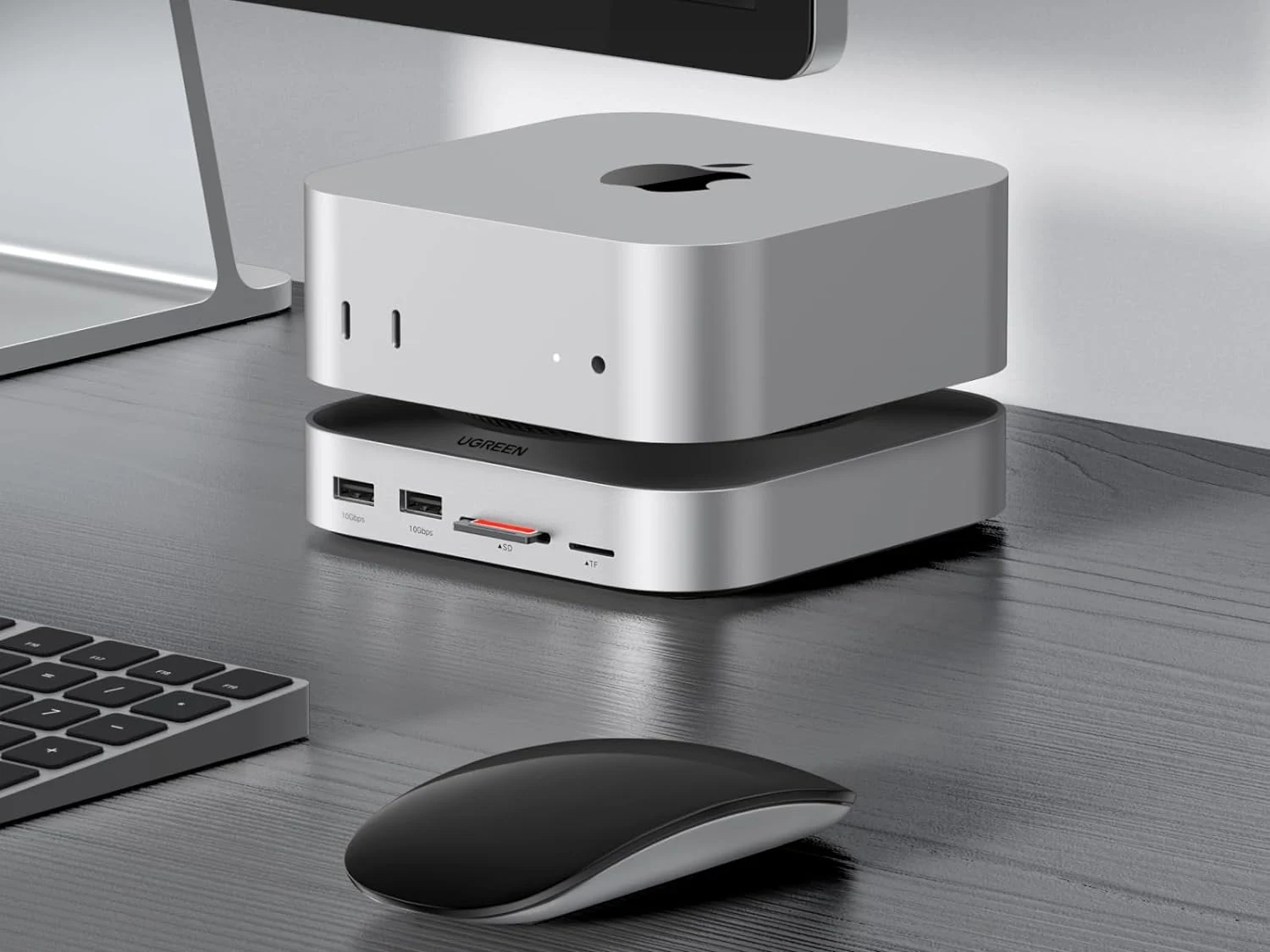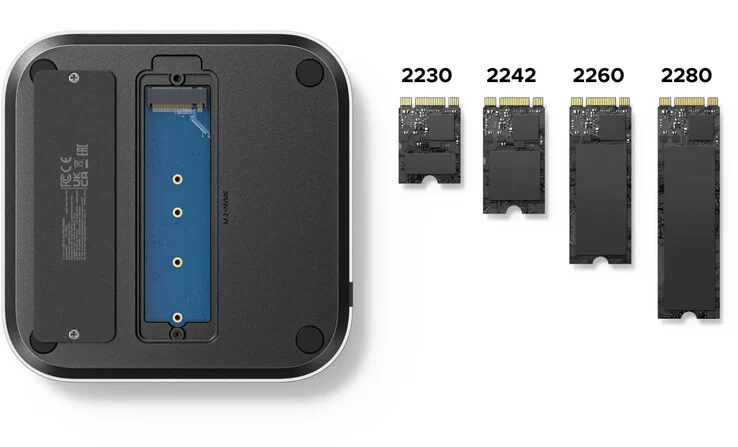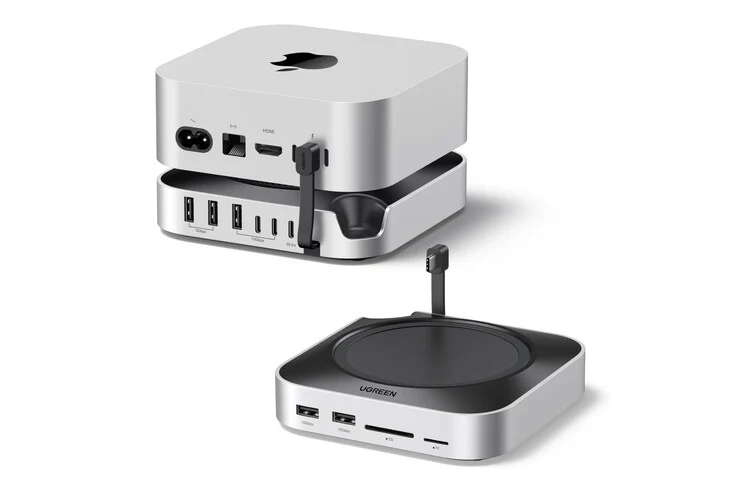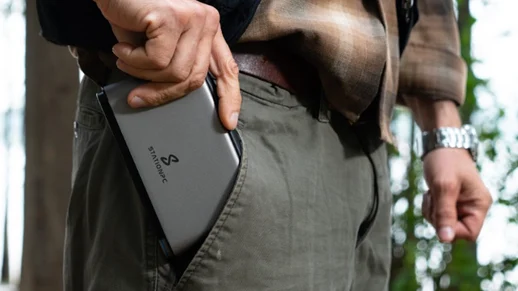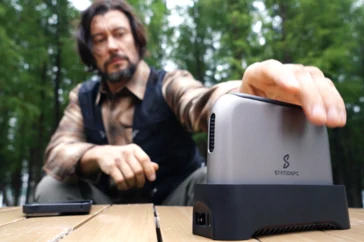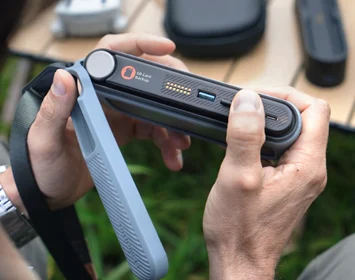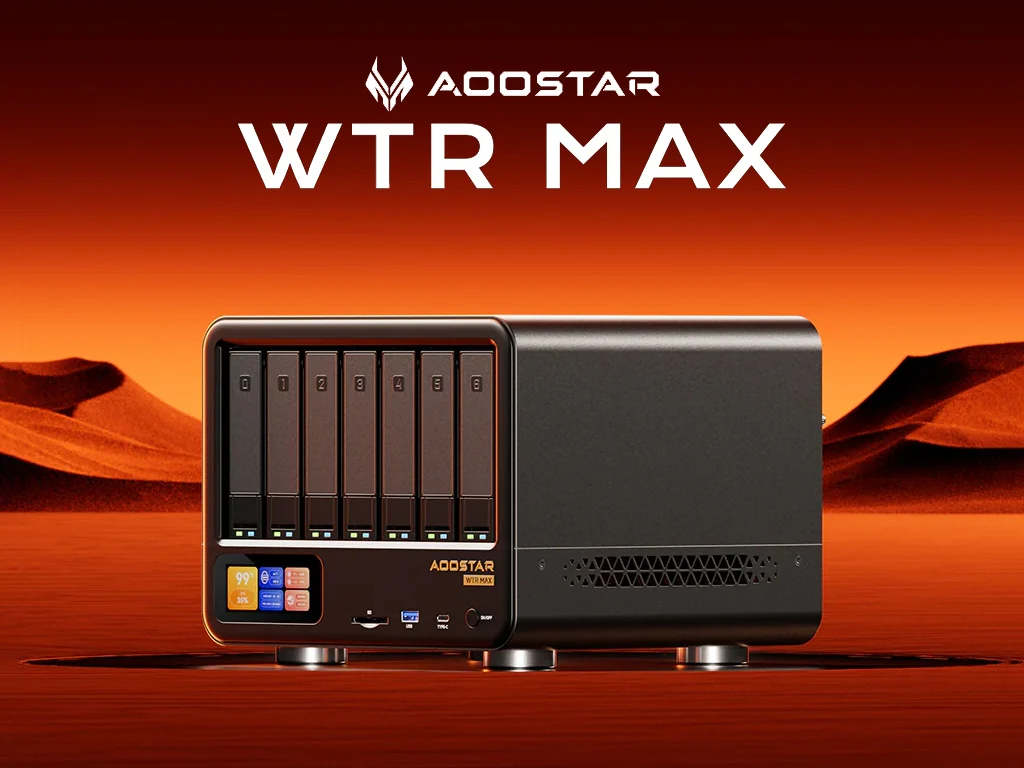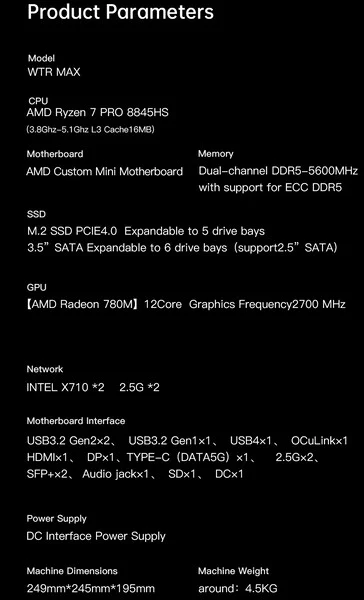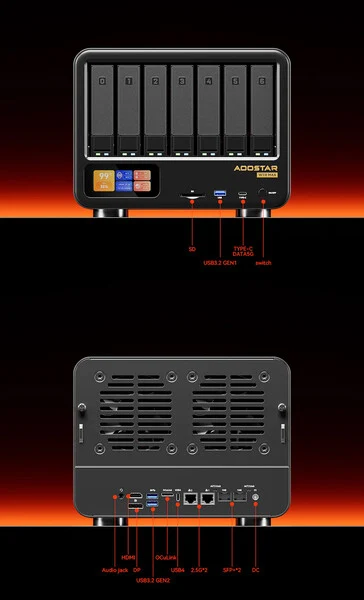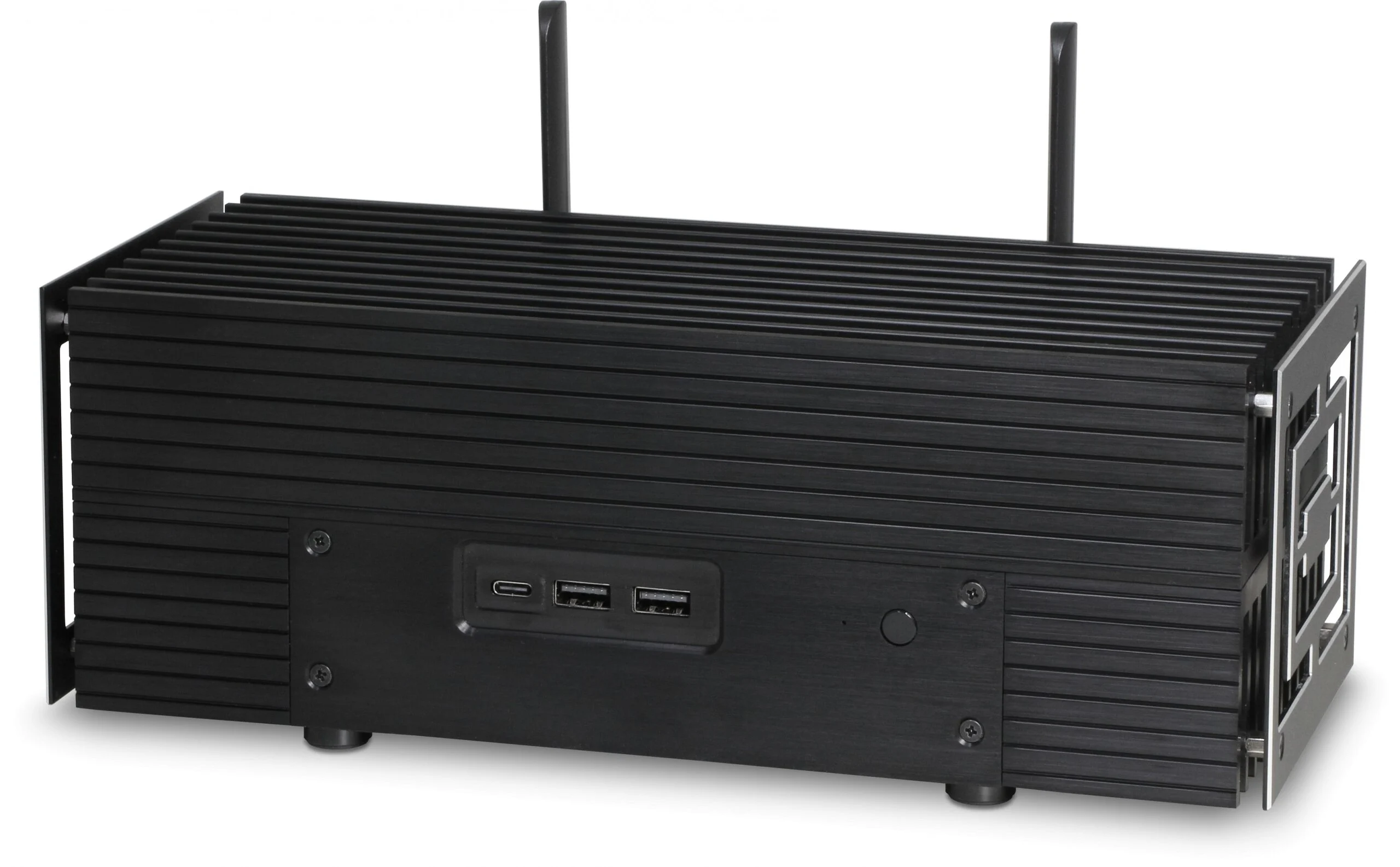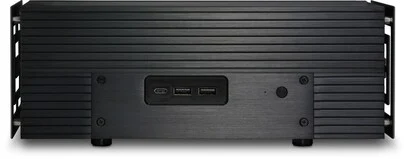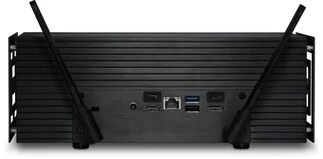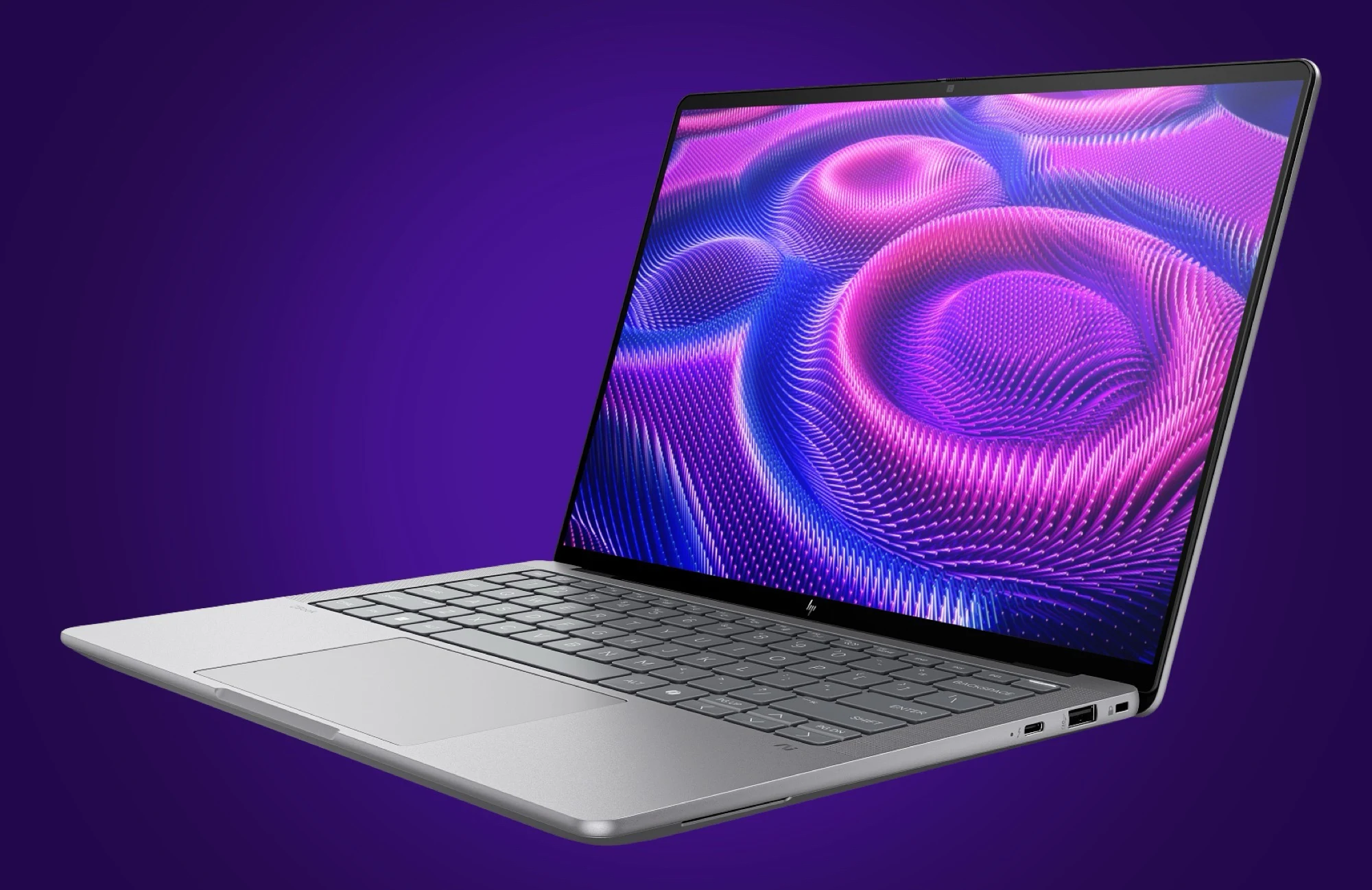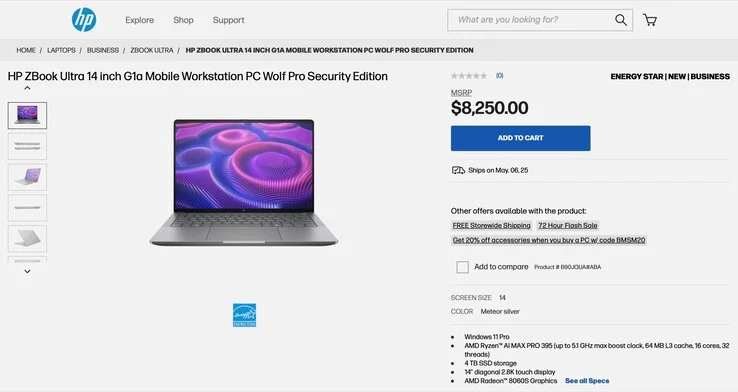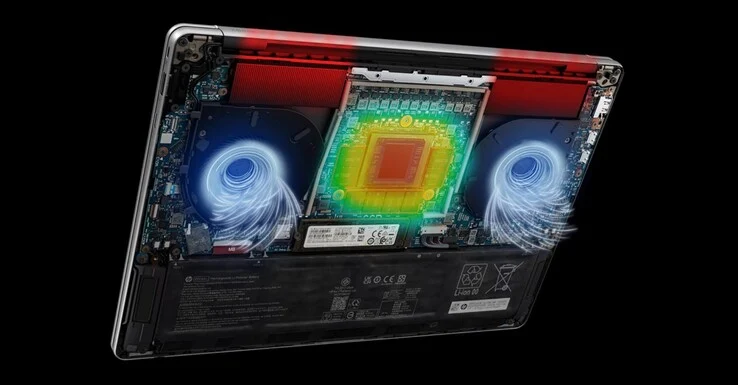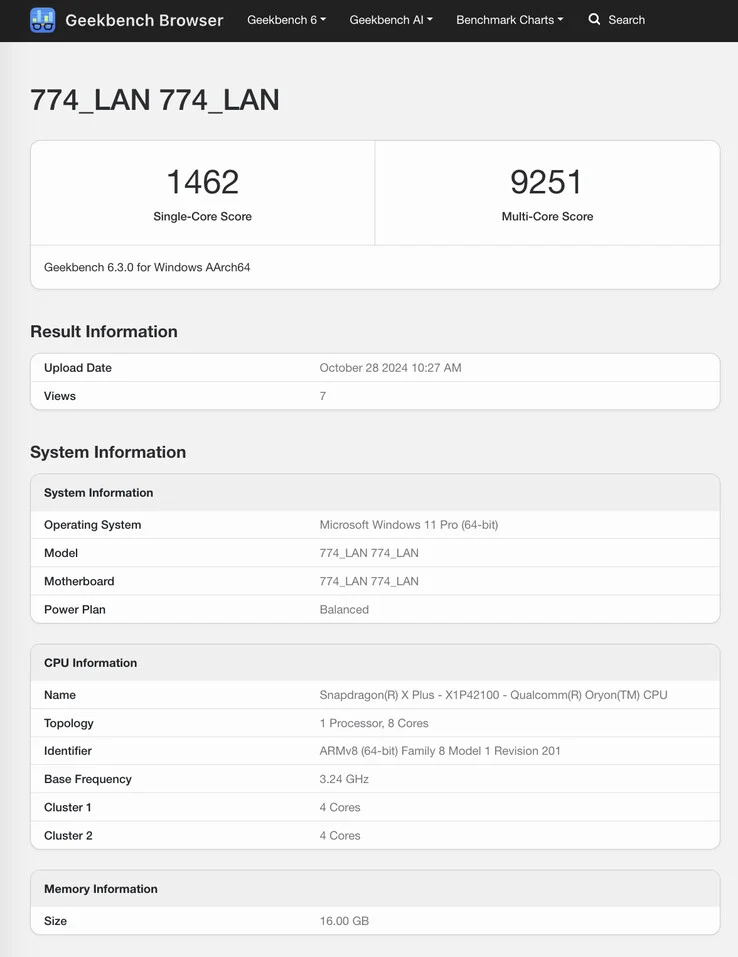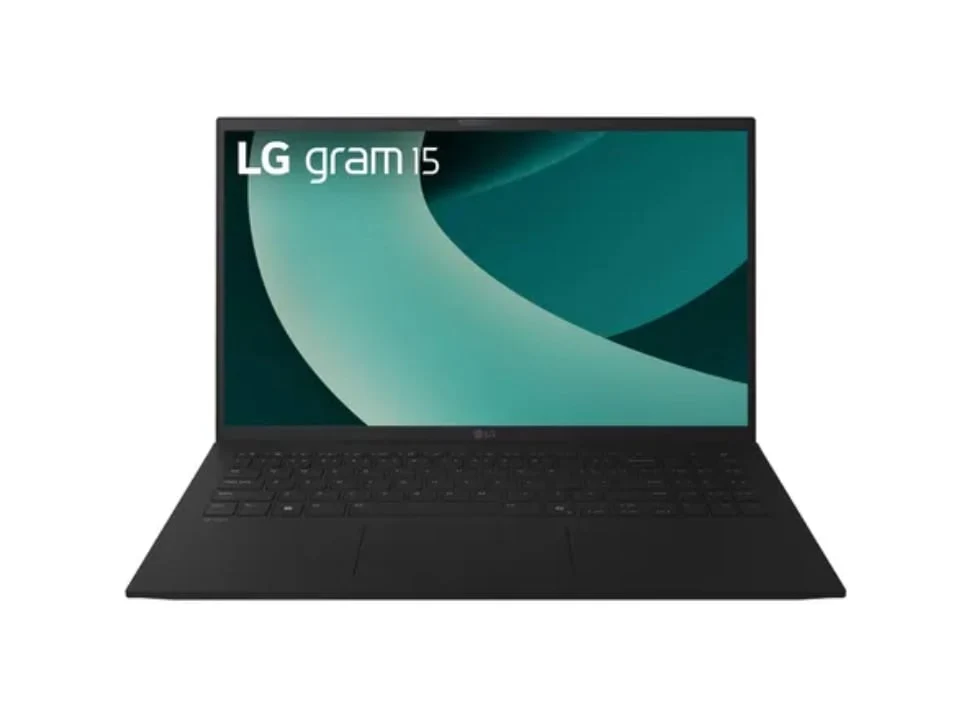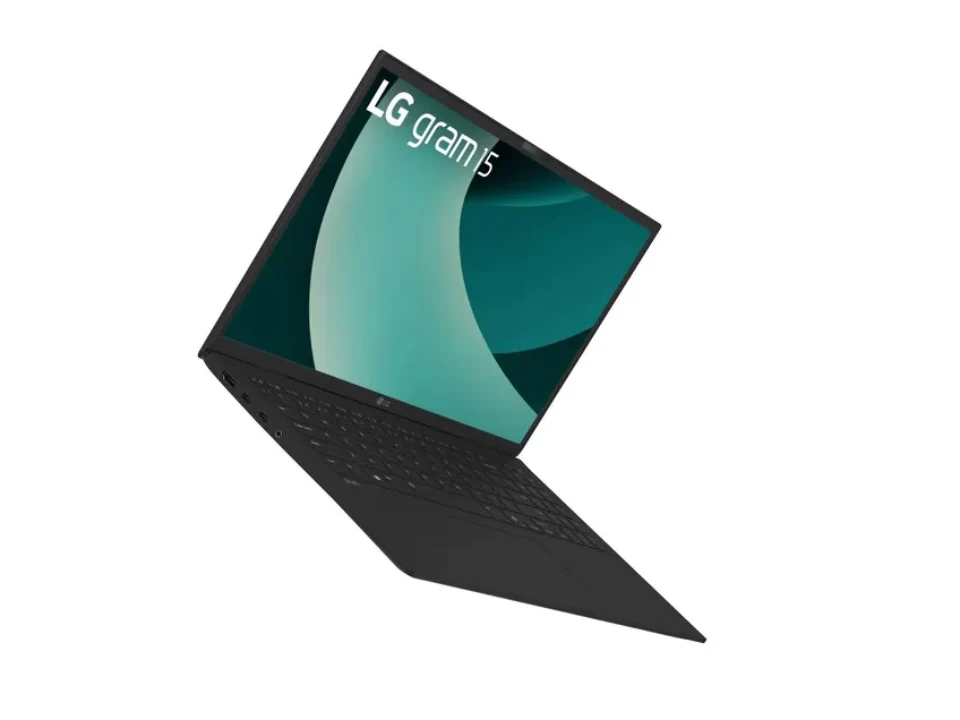Key Takeaways
1. Framework will start accepting preorders for the Laptop 12 on April 9, with a possible account requirement.
2. A 10-minute hands-on video featuring CEO Nirav Patel showcases the Laptop 12’s features.
3. The Laptop 12 features a 16:10 aspect ratio, 13th generation Intel Core CPUs, and vibrant chassis options.
4. The device allows RAM expansion up to 48 GB, which is uncommon for 12-inch laptops.
5. Pricing and shipping details will be revealed on the preorder date, impacting its competitiveness in the educational laptop market.
After announcing the 12.2-inch Laptop 12 convertible and the AMD-powered Desktop last month, Framework is gearing up to start accepting preorders for the Laptop 12 early next week. The company has cautioned that you might need to create an account to place a preorder.
Hands-On Video Release
A 10-minute hands-on video on Youtube has been shared by the team, highlighting the features of the Laptop 12. While much of the information could be summed up in a simple specifications list, hearing the design details straight from CEO Nirav Patel adds a nice touch that helps to promote the product.
Unique Features
Framework is focusing on a 16:10 aspect ratio, 13th generation Intel Core CPUs, and vibrant chassis choices to set the Laptop 12 apart from numerous competing Chromebooks and other budget netbooks that often have lower specs. Also noteworthy is the RAM, which can be expanded up to 48 GB—something quite rare for 12-inch devices.
Moreover, this model continues to support the same expansion cards that users are already familiar with from the Framework Laptop 13 series.
Pricing and Availability
Unfortunately, Framework will not disclose the price or shipping date until the preorder date on April 9. The pricing will ultimately determine how well the Laptop 12 competes in a market where educational laptops and Chromebooks are very popular.
Source:
Link

